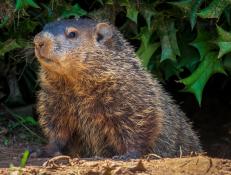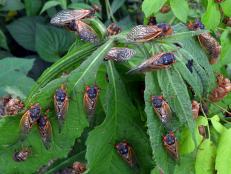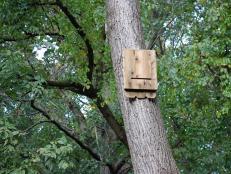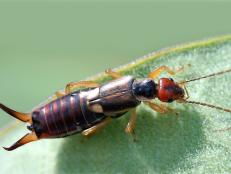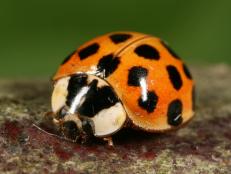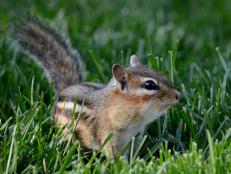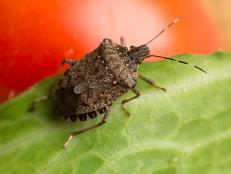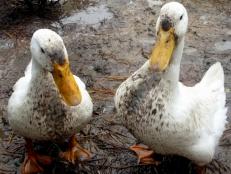Beneficial Reptiles in the Garden

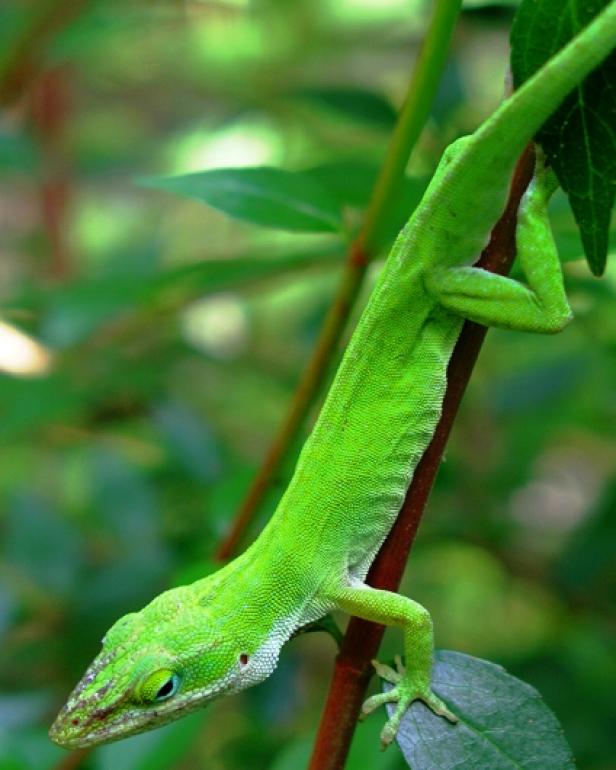
Photo by Felder Rushing
Jump back, calm down, and move on: Good advice for all during encounters between gardeners and beneficial garden reptiles sometimes found lurking in out-of-the-way places.
Whether turning compost, fluffing up flower bed mulch, moving a log or stone, or dividing perennials, sooner or later you will run into a creature you may not like, but which is doing a great job—usually sight unseen—patrolling for destructive pests.
Garden reptiles eat critters you would rather not have, including slugs, grubs, caterpillars, sow bugs, crickets, roaches, worms, firefly larvae, grasshoppers, beetles, spiders, termites, and small mammals including every kind of rodent…and sometimes each other.
Many are kept in terrariums as pets, but all good gardens host lizards, toads, frogs, and non-poisonous snakes. Lucky gardeners will come across a terrapin or maybe a salamander. Species vary from region to region, but your county Extension office will have someone help you identify and get to know unfamiliar ones.
Reptiles With Legs
Lizards are very common in gardens, from low-feeding skinks with their bright blue tails, to fast-moving fence lizards, color-shifting anoles, night-feeding geckoes, moisture-loving salamanders, and even snake-like legless lizards. Some feed up high in shrubs and flowers, others stay low and out of sight.
Bullfrogs and tree frogs can be heard at night by their loud bellows, peeps, trills, chirps and whistles. Toads, which can live for many years (and don’t cause warts), are commonly kept around in special toad houses made of half-buried pipes or pots, laid sideways so water won’t collect. Both toads and frogs, which are technically amphibians, not reptiles, require several weeks of standing water to reproduce by way of tadpoles.
Terrapins, often called box turtles, are solitary landlubbers that roam randomly around wooded lots and tall grasses eating small insects, slugs, and the occasional bite of lettuce or strawberry. They overwinter in deep leaves or compost.
Snakes (Oh, My!)
Snakes are shy super-predators that would much rather slither away than fight; the only time you are likely to be bitten is if you corner or try to pick one up. Wear gloves, and rustle a small stick or garden tool ahead of you to give them notice and get them out of your way.
Unlike poisonous pit vipers, with distinctly swollen heads looking like fat arrowheads, these gentle reptiles have smallish heads no bigger than their bodies. Good thumb-rule for all snakes: Learn to recognize the very few bad guys, and leave the others alone. Take a picture and look it up online before grabbing the shovel or ax. Remember, they got that big eating stuff you would rather not have around!
The most common garden snakes include small ribbon, garter, and tiny “earth” snakes, which live and eat low in mulch, dense groundcovers, compost bins, and under rocks and logs. Large garden snakes such as rat, gopher, and corn snakes, and snake-eating speckled king snakes, are usually discovered only when you move an old stack of debris or poke around an outbuilding – places where rodents congregate.
Attracting Good Reptiles to the Garden
Attract garden reptiles with a variety of shelters, from dense plants, tall grasses, and groundcovers, to thick mulch, leaf pile, drystone wall, old stump, or pile of rocks, logs, or other debris – places that attract the critters eaten by reptiles.
Like other garden creatures, they also need water for drinking and sometimes reproducing. In addition to this shelter, food, and water, most reptiles, being cold blooded, also need a safe place to bask in the warm morning sun, preferably a flat rock, stump, or wide log.






